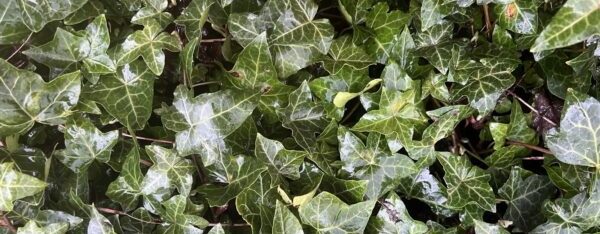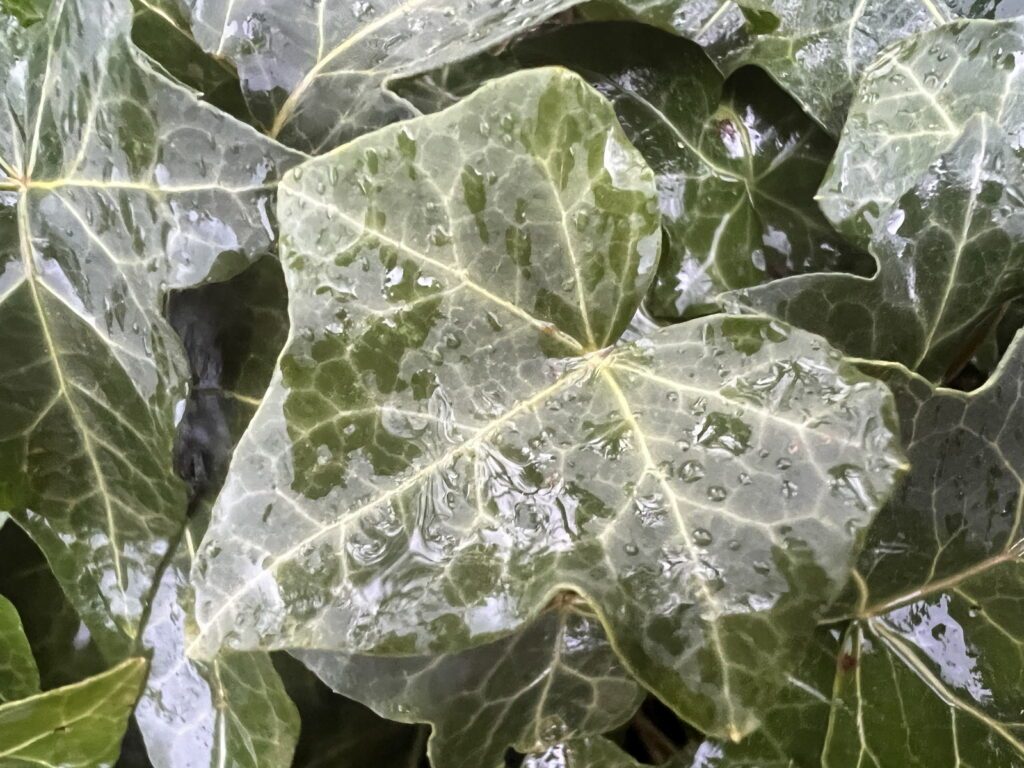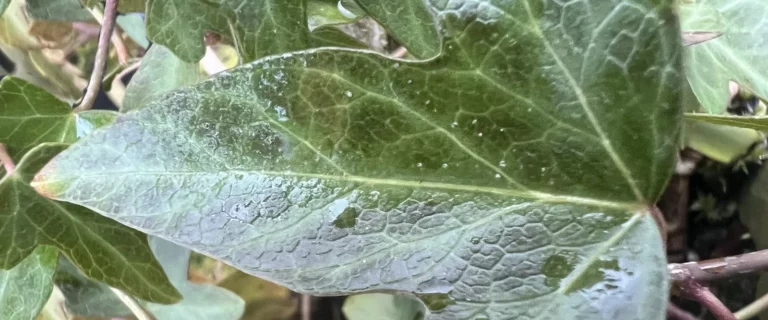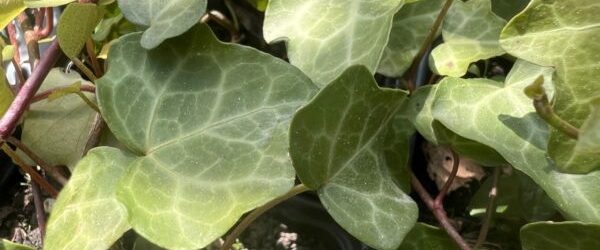
English ivy
English ivy or Hedera helix (common ivy)
Who hasn't heard of ivy? Common ivy, also known as English ivy(Hedera helix), is a plant whose many benefits many people are unaware of.
An easy-to-grow plant
Ivy is an admirably resilient plant. It is not very demanding in terms of soil type. It can withstand even prolonged drought. In the wild, it takes care of itself. And those who have tried to eradicate it have experienced its resilience for themselves. So it's the plant of choice for those who want a low-maintenance garden.
Aesthetics guaranteed for all 4 seasons
With its permanent foliage, English ivy puts on a show all year round. There are many cultivars of Hedera helix, which you can discover on this site. The shape of the leaves can sometimes be astonishing: curly, wavy, cut, etc. You can also play with colors, with variegated leaves in cream, yellow or white. What's more, many ivies change tone with the seasons, turning red in winter, for example, or shades of pink in spring.
Multiple uses
Hedera helix thrives in shade or part-shade. It does particularly well under trees, including in the root zone, where it is often difficult to grow anything. But some varieties of ivy are perfectly suited to sunny areas. The most common use for ivy is as ground cover. It can form a thick blanket that protects the soil and prevents unwanted growth. But, as you know, ivy is also an outstanding climber. It can cover an entire facade without the need for supports.
Beyond these two most common uses for ivy, we can also envisage more specific uses. It is often used as a houseplant, where the relative lack of light is not a problem, nor are the somewhat dry conditions of the ambient air. Some will use it to cover an arch or a pergola. Others will even use it to make topiaries, a bit like boxwood, but without the diseases and moths. In short, ivy lends itself to a whole host of uses, just waiting for your imagination.
A recognized ecological interest
This is undoubtedly one of the most important aspects of English ivy's many qualities.
- English ivy is an excellent insulator, protecting against excess heat in summer and frost in winter. It can save up to 3 degrees in either direction.
- ivy is home to a wide variety of microfauna, providing a comfortable, permanent habitat.
- Ivy, with its staggered flowering period, usually around November, provides valuable food for foraging insects at a time when they can't find much else to forage.
- the fruits of ivy feed birds at the end of winter, when they're running out of food.
Unfounded criticism of Hedera helix
Okay, you may say, but ivy also has its faults:
- it's invasive
- it damages walls
- a parasite that suffocates trees
These often-heard criticisms are largely unfounded.
English ivy can be controlled by pruning.
Of course, as we've said, ivy is hardy, and over time it can grow well beyond your expectations. But then, the easiest thing to do is prune it. Ivy stands up well to pruning. Against a wall, for example, it can be trimmed both in height to prevent it from climbing onto the roof, and in thickness if it starts to grow away from the wall. On the ground, simply trim around the edges to bring it back into the space you've allotted it. Annual pruning is generally sufficient. But you can also let it roam if you have enough space. That's the beauty of ivy. You should also know that there are more compact varieties that will never be invasive.
Ivy protects.
Ivy doesn't damage healthy walls, and it protects old walls. What does damage the wall is trying to pull it out. So, as we said earlier, all you have to do is trim it back and your walls will be well protected.
Ivy is not a pest.
The most unfounded and persistent accusation is that ivy is a parasite. As any botanist will tell you, ivy is not a parasite. It doesn't feed on or at the expense of the plant on which it settles. On the contrary, it provides organic matter with its dry, decomposing leaves. If the tree is healthy, ivy will climb the trunk but stop at a certain height without covering the crown. On the other hand, it can completely cover a dead tree, giving it a second life.
Isn't this plea for ivy(Hedera helix) a little partisan? Yes, no doubt, as with all things we like. The fact remains, however, that too many unfair accusations are levelled at ivy without foundation, and that it has enormous environmental, aesthetic and ecological qualities that make it a real plant of the future.



